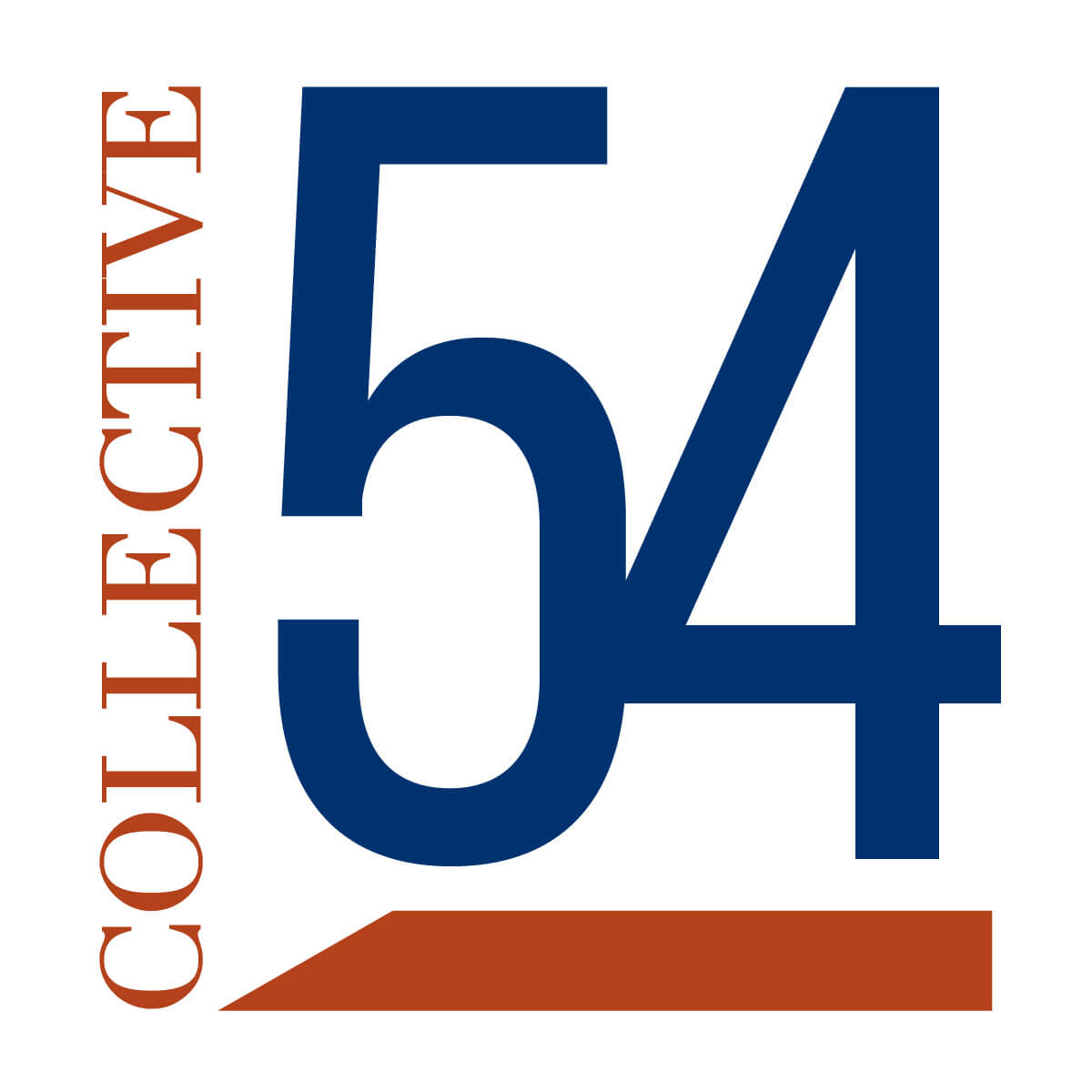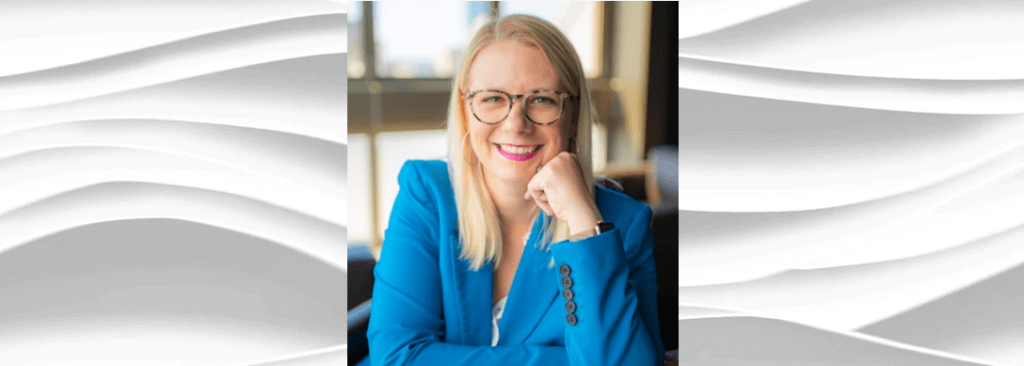Episode 107 – From Rookie to President in 7 Years: Why Digital Agencies Need To Develop The Founder’s #2 Right Now – Member Case by Amy Pyles
Acquirers buy the management teams first and the boutique firm second. The due diligence process is heavily weighted to assess the quality of the management team to make a sound investment. On this episode, Amy Pyles, President at Saxum, examines her experience as the person replicating the founder. She will share what has worked and what didn’t work and how they continued to collaborate.


